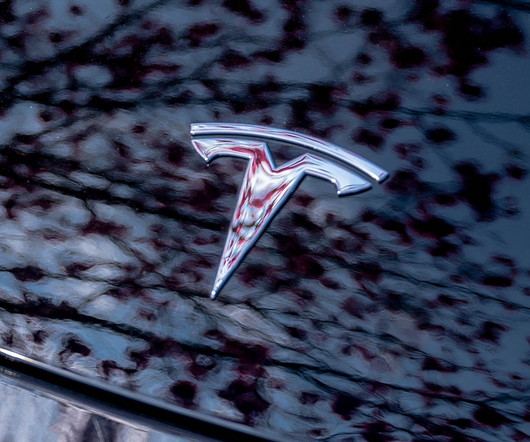UC Riverside researchers receive two grants to advance steam hydrogasification reaction for waste-to-fuels
Green Car Congress
SEPTEMBER 15, 2011
Researchers at the University of California, Riverside’s Center for Environmental Research and Technology (CERT) at the Bourns College of Engineering have received two grants to further explore a steam hydrogasification process they developed to convert waste into fuels. diesel, gasoline, jet) at low cost.






















Let's personalize your content